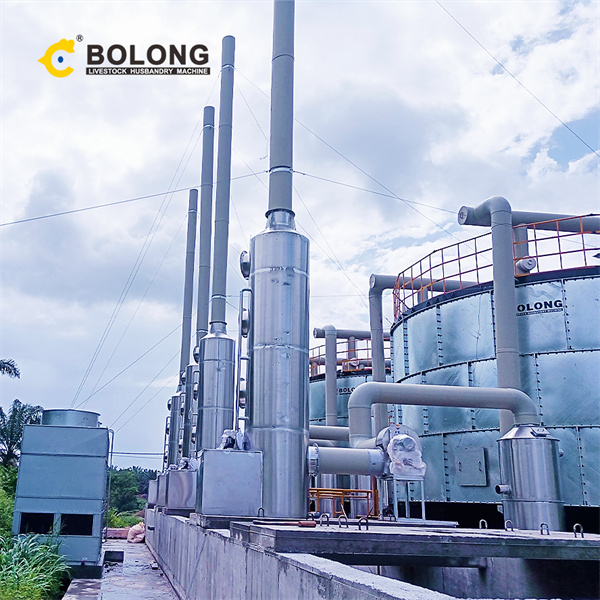
As a general rule of thumb, about 1 inch of compost can be sustainably added to most Utah soils each year. More may be added depending on your compost source and soil test. Reduce compost use, particularly manure-derived compost, if your soil test shows elevated levels of P, K, and salinity.
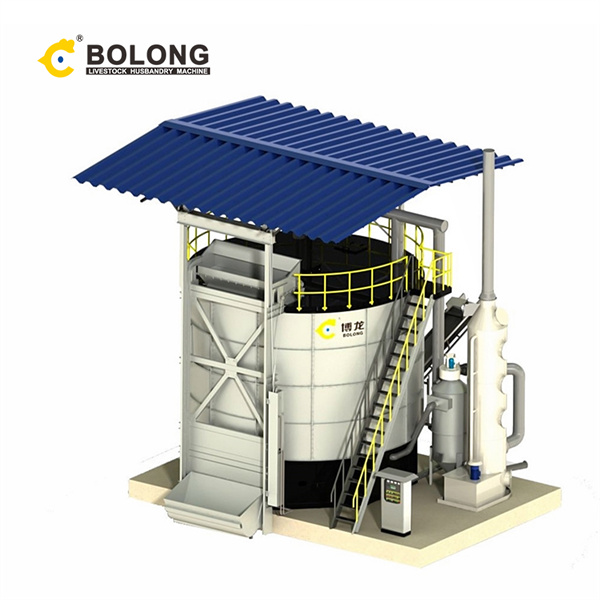
Sep 16, 2014 · The advantage of a rotary mixer is the ease of keeping the compost moving. A static pile that is never moved takes around a year, and the top 6" doesn't decompose well. Turn the pile a few times, cut that down to a couple months. With a rotary composter, you can easily turn it each time you add material to it.
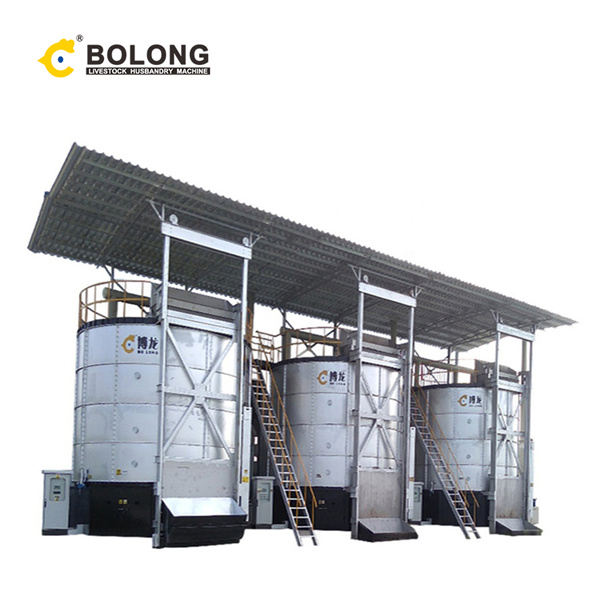
Jan 1, 2008 · A combination of vegetable waste, cattle manure and saw dust was utilised for high rate composting in a household rotary drum composter. It was found that temperature remained above 55°C for a
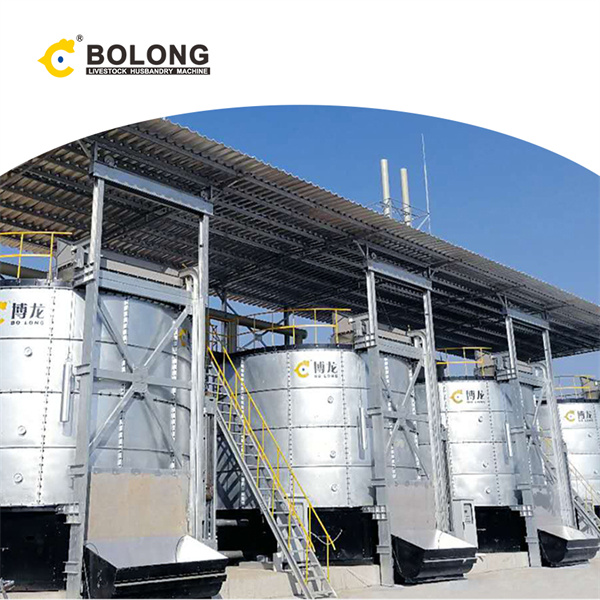
Composting reduces the volume and density of manure approximately 50-65% (Figures 1 and 2). The decrease in volume reduces hauling costs. Wiederholt et al., (2009) conducted a case study that compared the energy required of a 180-head feedlot operation that applied raw manure and composted manure to agricultural fields.
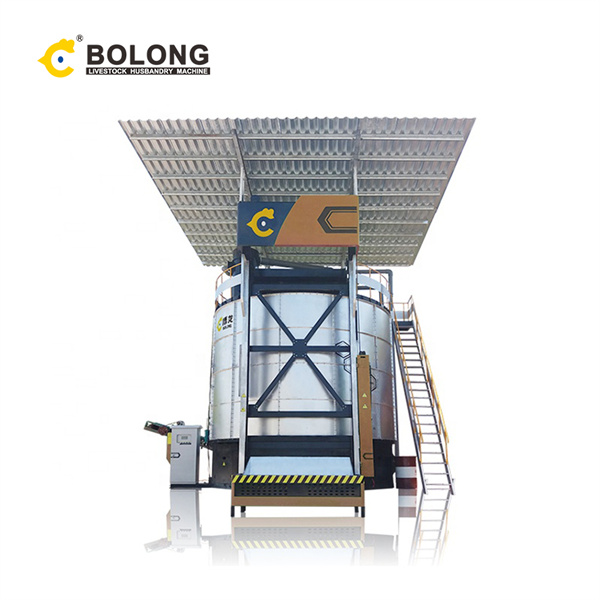
it is necessary to measure the stability to assess the composting process within rotary drum. Therefore, the objective of this study is to perform a compara - tive investigation of the rotary drum composting process of sew - age sludge coupled with cattle manure and sawdust in five dif-ferent proportions, based on C/N ratios (15, 20, 25, and 30
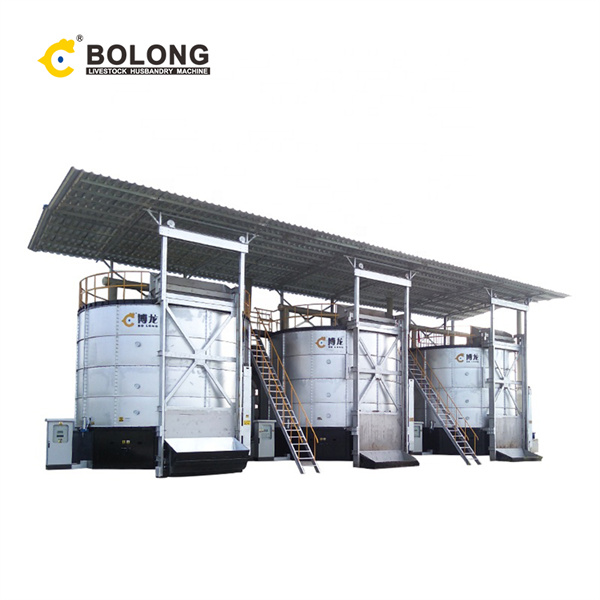
Dec 1, 2009 · High rate composting studies on institutional waste, i.e. vegetable wastes, tree leaves, etc., were conducted on a demonstration-scale (3.5 m 3) rotary drum composter by evaluating changes in some physico-chemical and biological parameters. During composting, higher temperature (60–70 °C) at inlet zone and (50–60°C) at middle zone were